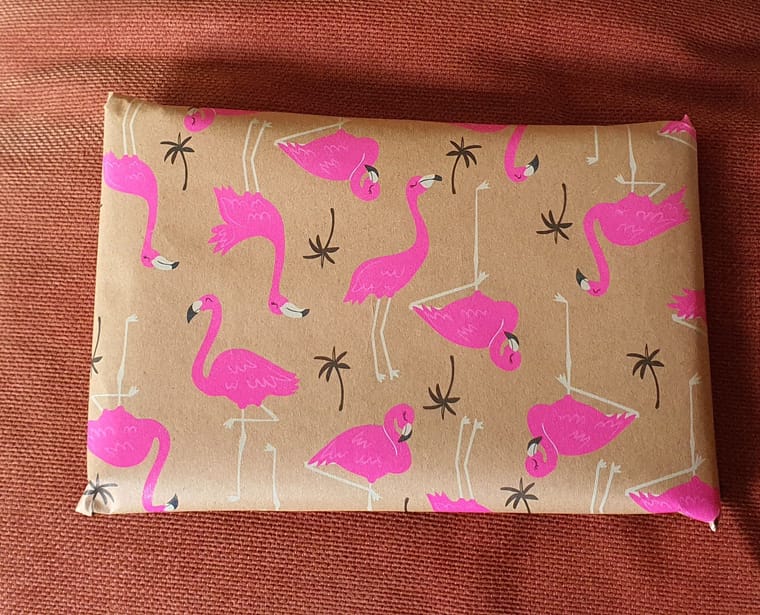Why flamingos are weird eaters
-
Flamingos look graceful, but when it's time to eat, they're very silly.
"All of their feeding behavior is so weird," says Steven Whitfield, the director of terrestrial and wetlands conservation at the Audubon Nature Institute in New Orleans, La.
The lanky birds feed on shrimp and algae in briny swamps and marshes around the world. To grab a bite, they stick their heads underwater and open and close their bill rapidly, as if chattering. Then they stomp their feet and wobble around in the mud, bobbing their heads up and down as they go.
It's not immediately apparent why the iconic pink birds would take this absurd approach to getting a meal. They are filter feeders, "so they're kind of like the bird version of an oyster," Whitfield says. They strain water through their L-shaped beaks, trapping shrimp, algae, seeds and anything else they find tasty.
But with their heads practically between their legs, their bills appear to be upside down and facing the wrong way to scoop up the shrimp and algae in front of them.
"Flamingos are doing everything wrong, it seems like," says Saad Bhamla, a biophysicist at Georgia Tech who studies how animals use physics to solve problems.
-
Flamingos look graceful, but when it's time to eat, they're very silly.
"All of their feeding behavior is so weird," says Steven Whitfield, the director of terrestrial and wetlands conservation at the Audubon Nature Institute in New Orleans, La.
The lanky birds feed on shrimp and algae in briny swamps and marshes around the world. To grab a bite, they stick their heads underwater and open and close their bill rapidly, as if chattering. Then they stomp their feet and wobble around in the mud, bobbing their heads up and down as they go.
It's not immediately apparent why the iconic pink birds would take this absurd approach to getting a meal. They are filter feeders, "so they're kind of like the bird version of an oyster," Whitfield says. They strain water through their L-shaped beaks, trapping shrimp, algae, seeds and anything else they find tasty.
But with their heads practically between their legs, their bills appear to be upside down and facing the wrong way to scoop up the shrimp and algae in front of them.
"Flamingos are doing everything wrong, it seems like," says Saad Bhamla, a biophysicist at Georgia Tech who studies how animals use physics to solve problems.


